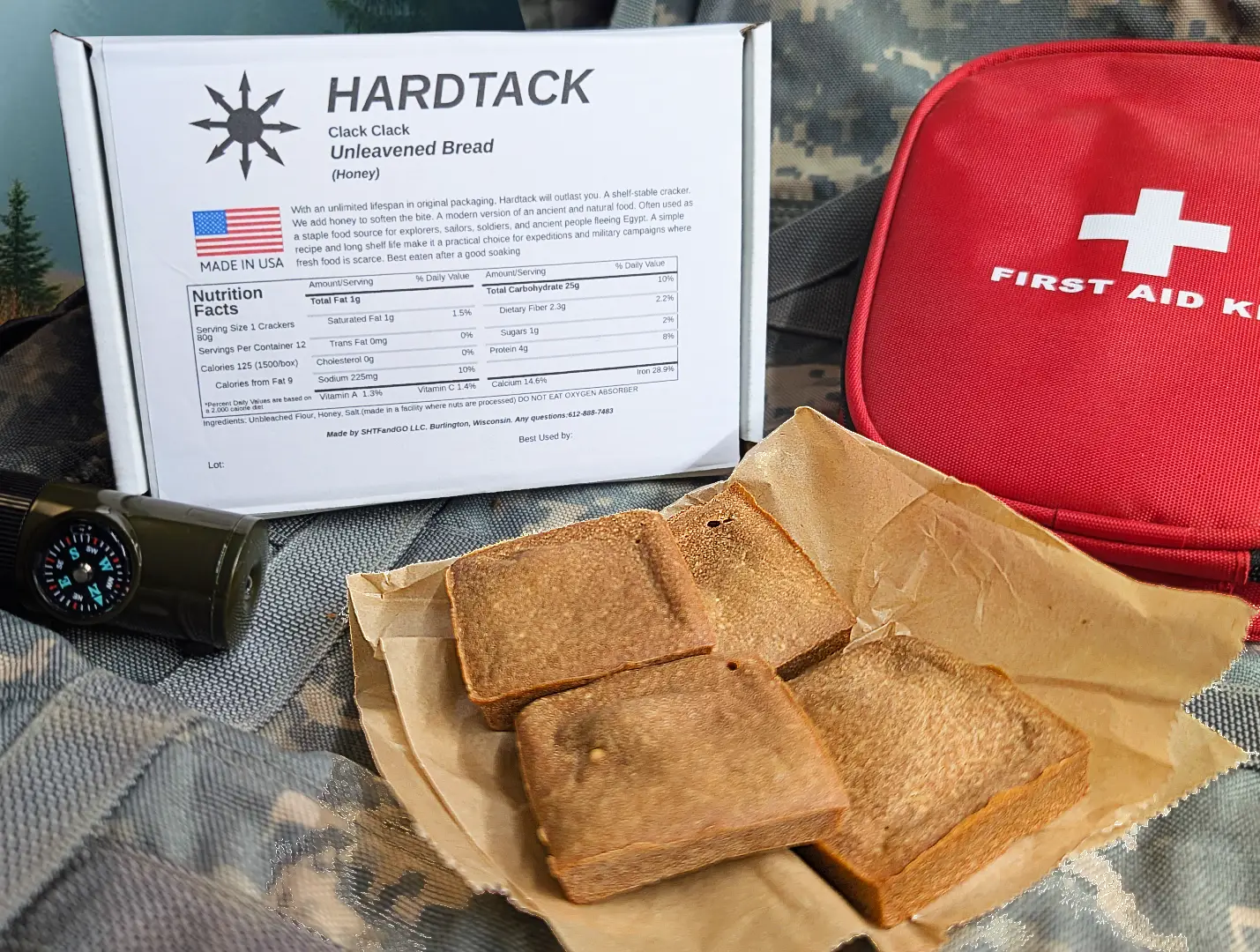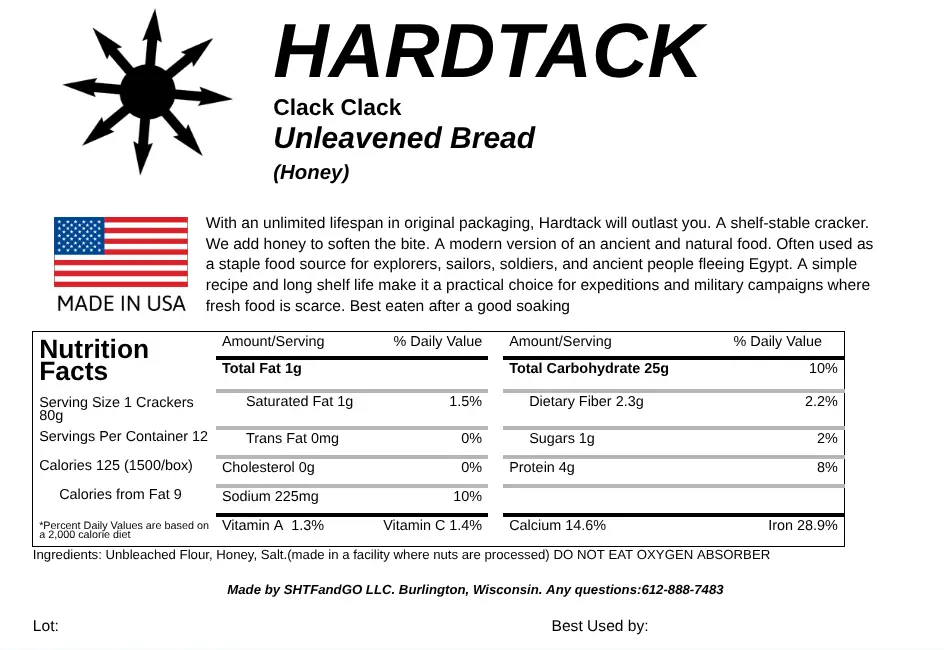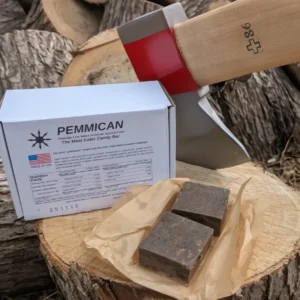Exodus 12:20
Ye shall eat nothing leavened; in all your habitations shall ye eat unleavened bread.
What is Hardtack and why is it one of the best survival foods throughout history?
It’s a simple type of biscuit or cracker made from flour, water, and sometimes salt and has a long history as a durable, long-lasting food source for travelers, soldiers, and sailors. Its origins date back thousands of years, with evidence of similar unleavened bread being used by ancient Egyptian, Roman, and Mesopotamian armies. The name “hardtack” is believed to have emerged in the 18th or 19th century, combining “hard” with “tack,” a slang term for food.
During the Age of Sail (16th to 19th centuries), hardtack became a staple for naval crews due to its ability to remain edible for months or even years if kept dry. It was a key provision on long voyages, such as those of Christopher Columbus and other explorers. The British Royal Navy referred to it as “ship’s biscuit,” while American sailors called it “hardtack” or “pilot bread.”
In the 19th century, hardtack gained prominence during military campaigns, notably the American Civil War (1861–1865). Both Union and Confederate armies relied on it as a ration because it was inexpensive, easy to produce in large quantities, and resistant to spoilage. Soldiers often soaked it in coffee, soup, or water to make it more palatable, and it was sometimes infested with weevils or maggots due to poor storage conditions, earning nicknames like “worm castles” or “tooth dullers.”
Hardtack’s simplicity—lacking fat or sugar—allowed it to resist mold and retain nutritional value (primarily carbohydrates) over time. Recipes varied by region and era, but the basic method involved mixing flour and water into a dough, rolling it out, cutting it into squares or rounds, perforating it with holes to prevent rising, and baking it twice to remove moisture.
Though largely replaced by modern preserved foods like canned goods and MREs, hardtack remains a symbol of survival and resilience, occasionally recreated by historians, reenactors, and survivalists. Its legacy endures in military history and as a testament to human ingenuity in food preservation.





Kyle K –
The word hard doesn’t do it justice, but it is edible. I soak mine in my coffee. haha. This stuff will outlast me for sure.
George M –
ok. it’s hard and actually tastes pretty good. You can use it as defense by throwing at intruders if necessary.